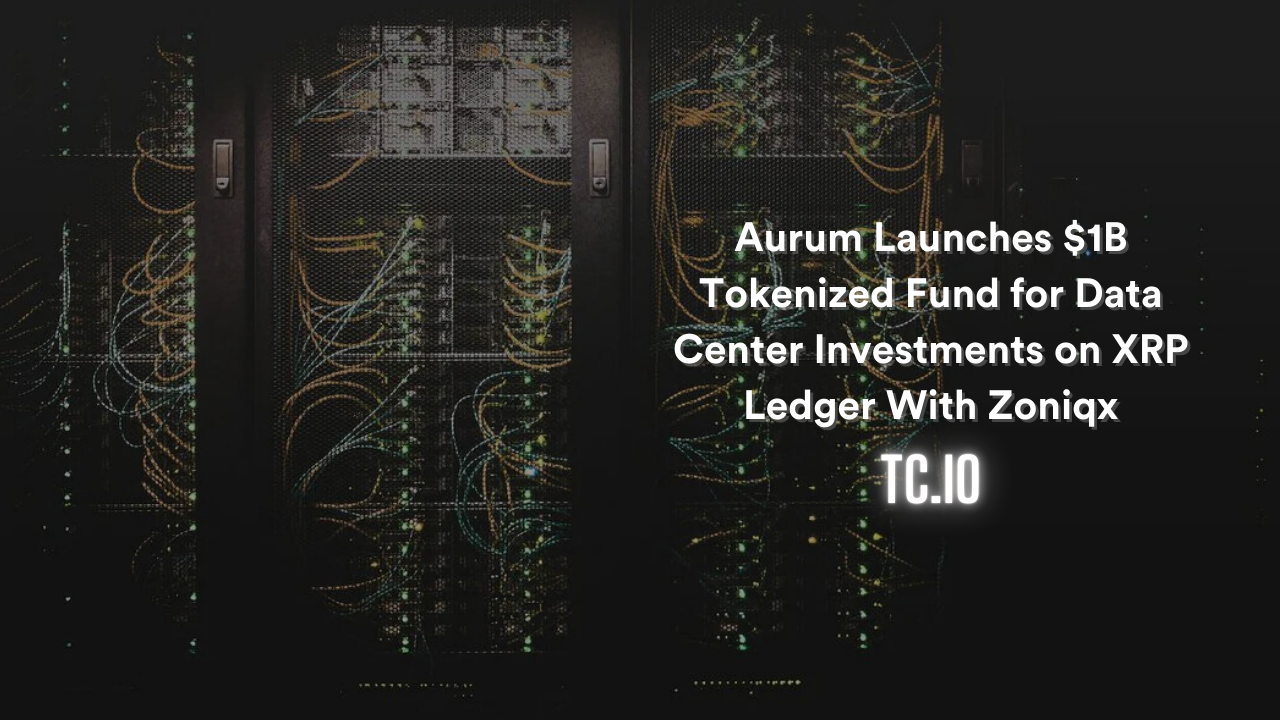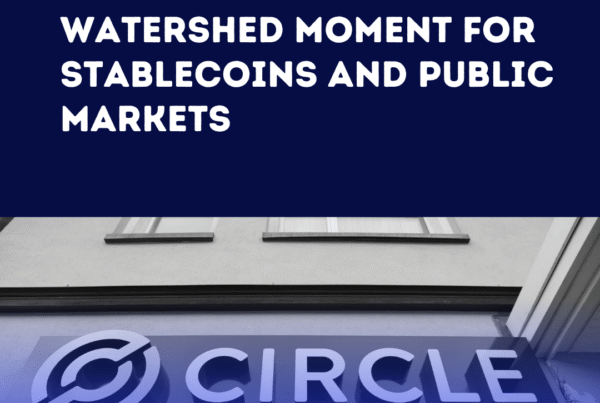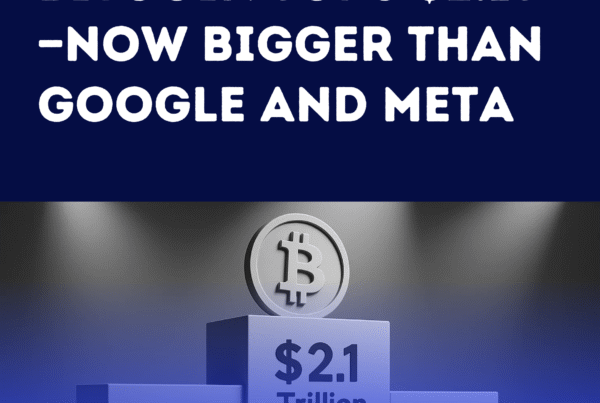
Tokenization is making waves in the financial world, and Aurum Equity Partners has taken a bold step forward by launching a $1 billion tokenized equity and debt fund on the XRP Ledger (XRPL). This move not only marks a significant development for Aurum but also underscores the expanding role of blockchain in modern finance. The fund, claimed to be the “world’s first combined equity and debt tokenized fund,” promises to reshape how institutional investors engage with real-world assets (RWAs), such as data centers, by leveraging blockchain’s efficiency and transparency.
Breaking Down the Fund: A New Era for Private Equity Investment
Aurum’s tokenized fund targets investments in data centers across strategic regions, including the U.S., United Arab Emirates, Saudi Arabia, India, and Europe. By focusing on data centers, Aurum taps into a crucial infrastructure component that supports digital transformation and cloud computing, two areas experiencing rapid growth.
The tokenization of equity and debt in this fund allows for the creation of security tokens that represent ownership stakes and debt instruments, respectively. These tokens are secured on the XRP Ledger, an enterprise-focused blockchain associated with Ripple, known for its ability to handle transactions efficiently and securely.
The Tech Behind the Fund: Leveraging Tokenization by Zoniqx
San Francisco-based tokenization service provider Zoniqx is a critical player in bringing this tokenized fund to life. Their technology facilitates the creation of security tokens, enabling Aurum to digitize underlying financial instruments in a way that is accessible, efficient, and transparent. This partnership illustrates how blockchain technology is increasingly being used to bridge traditional finance with cutting-edge digital solutions.
Tokenizing both equity and debt instruments in a single fund is an innovative approach. It provides investors with a diversified way to gain exposure to the growth of data center infrastructure, combining both ownership potential and fixed-income stability.
XRP Ledger: The Backbone of This New Venture
Ripple’s XRP Ledger is a blockchain platform known for its speed and security, processing thousands of transactions per second with low fees. This network was originally designed for payment settlements but has evolved to support various enterprise applications, including tokenizing real-world assets.
David Schwartz, Ripple’s Chief Technology Officer and co-creator of XRPL, highlighted how this fund shows the potential for real-world asset management on a decentralized blockchain. With Aurum and Zoniqx utilizing XRPL, the fund aims to demonstrate how traditional assets can be digitized and traded seamlessly, offering investors greater liquidity and accessibility.
A Booming Market: The Rise of Real-World Asset Tokenization
The real-world asset (RWA) tokenization market is poised for explosive growth. Various reports from McKinsey, BCG, 21Shares, and Bernstein estimate that the RWA market could reach trillions of dollars in the coming years, with increasing interest from institutional investors. Tokenization transforms traditional financial products like bonds, credit, and equity into blockchain-based tokens, bringing operational efficiency and around-the-clock settlement capabilities to markets historically plagued by slow, manual processes.
The Aurum fund’s focus on tokenizing private equity is especially noteworthy. Traditionally, private equity investments are known for illiquidity and barriers to entry that limit access for most investors. Tokenization can address these challenges by fractionalizing ownership and creating a more liquid secondary market where token holders can trade assets more freely. This democratization of private equity opens new opportunities for both institutional and individual investors to participate.
Ripple’s New Ventures: Expanding Blockchain’s Utility
Ripple Labs is not only facilitating tokenized assets on XRPL but is also seeking regulatory approval from New York state to launch a U.S. dollar stablecoin. This stablecoin would enhance liquidity on the XRPL network and support further tokenization efforts, making it easier for institutions to settle transactions involving tokenized financial products.
At Ripple’s annual Swell conference, Monica Long, President of Ripple Labs, noted the company’s growing ambition in the RWA space. The stablecoin would serve as a reliable on-chain representation of fiat currency, bridging the gap between traditional finance and blockchain technology, and potentially transforming how financial assets are traded and settled.
Challenges and Opportunities in the Tokenization of Private Equity
While the promise of tokenizing private equity is substantial, there are challenges to consider. Regulatory clarity remains a crucial factor, especially in jurisdictions like the United States. Moreover, the infrastructure for trading tokenized assets on a large scale is still maturing, though rapid advancements are being made.
On the flip side, the potential benefits are hard to ignore. By using blockchain to address liquidity issues in private equity, tokenization could significantly lower the entry barriers for investors. It could also make the fundraising process more efficient for companies looking to raise capital, providing them with access to a broader pool of investors.
The Future of Tokenization and What It Means for Investors
As the Aurum Equity Partners fund illustrates, the future of tokenization is more than just a concept—it’s rapidly becoming reality. By using XRPL’s blockchain capabilities, investors can gain more than just exposure to data centers; they can experience the speed and efficiency of modernized asset management.
Tokenized funds like this are likely to be just the beginning. As regulations adapt, technology evolves, and the RWA market grows, the tokenization of a wider range of asset classes will likely follow, from real estate to fine art, to even more complex financial products.
Conclusion
Aurum Equity Partners’ $1 billion tokenized equity and debt fund sets a new benchmark in the world of alternative investments. It showcases the potential of combining traditional financial instruments with blockchain technology to create a more accessible, efficient, and dynamic investment landscape. As real-world asset tokenization continues to gain traction, initiatives like this will pave the way for broader adoption and more sophisticated financial markets.
For more insights into blockchain, tokenization, and the evolving world of alternative investments, visit Deal Box, and follow us on LinkedIn, Instagram, and Facebook.




